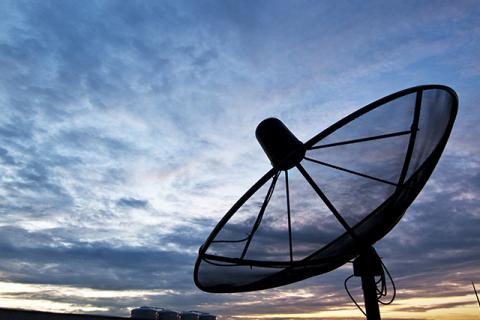Remote sensing satellite technology in different fields
February 24, 2020Remote sensing is the process of monitoring and detecting physical characteristics of an area by measuring at a distance through use of technology, such as satellites, sonar or cameras on aircraft. Data collected through remote sensing satellites, in particular, is used in many fields of study, including agriculture, meteorology, and emergency management services.
Agriculture
Remote sensing technology allows the tracking of specific areas over time. For agriculture, this is a helpful tool in monitoring the health of crops. Certain satellite technology is so sensitive that it can track biomass and chlorophyll activity, determining which leaves are dead, stressed or healthy. This allows farmers to focus their attention on specific sections of land that need it most.
Remote sensing also has a larger impact on environmental sustainability and climate change. In a recent study of remote sensing for agriculture applications in ScienceDirect, study authors stated that “Remote sensing has the capacity to assist the adaptive evolution of agricultural practices in order to face this major challenge, by providing repetitive information on crop status throughout the season at different scales and for different actors.”
Meteorology/CIimate Studies
When attempting to predict weather patterns, remote sensing has been in use for many years. Advances in technology have led to remote sensing providing vital information on understanding climate systems and gauging climate change.
Having access to remote sensing data as it relates to weather and climate change was determined to be so important that Google, in partnership with the University of Idaho and Desert Research Institute, created Climate Engine. The website is fully open to the public and was built to “enable users to quickly process and visualize satellite earth observations and gridded weather data for environmental monitoring and to improve early warning of drought, wildfire and crop-failure risk.”
Emergency Management Services
In the recent wildfires in Australia, remote sensing provided a clear picture of how widespread and devastating the wildfires had become. Satellite imagerywas able to provide information on where the fires were actively burning, how the smoke was traveling across the Pacific Ocean, and fire-spawned thunderstorms.
Having access to this data allows those fighting the fires to determine where to focus their efforts, track the spread of the fires, and assist with understanding the terrain of where the fires are occurring. This data helps improve the safety of both the firefighters and first responders working to extinguish the fires and those whose homes are in the path of the fires.
Students at Capitol Tech studying astronautical engineering take courses in remote sensing, autonomous ground systems, and satellite communications to provide a well-rounded background in satellite technology. The Space Flight Training Operations Center at Capitol Tech also houses simulation software that gives students hands-on practice with virtual satellites – providing training in both routine and anomaly situations, resulting in more real-life experience for students before they enter the workforce.
Want to learn more about astronautical engineering? Capitol Tech offers a bachelor’s degree in Astronautical Engineering. Contact admissions@captechu.edu to learn more.



